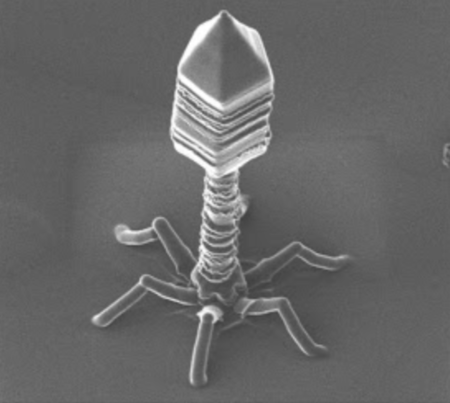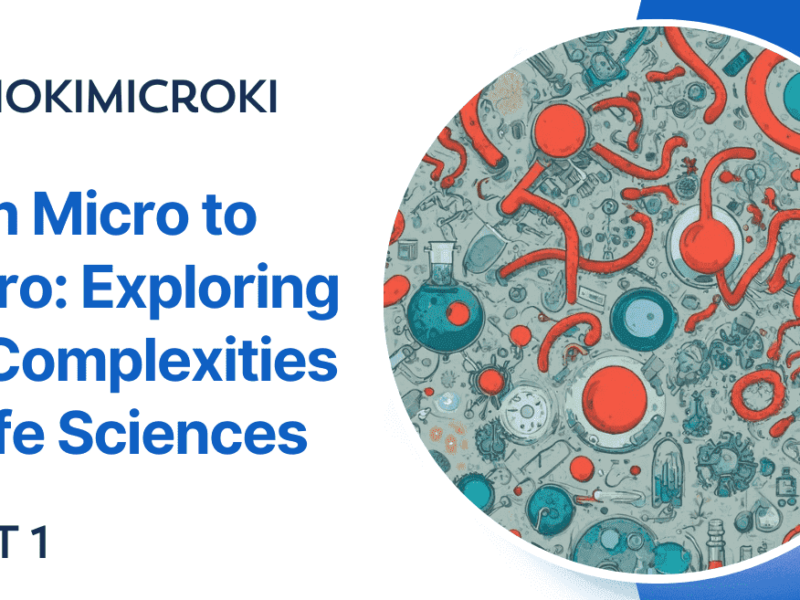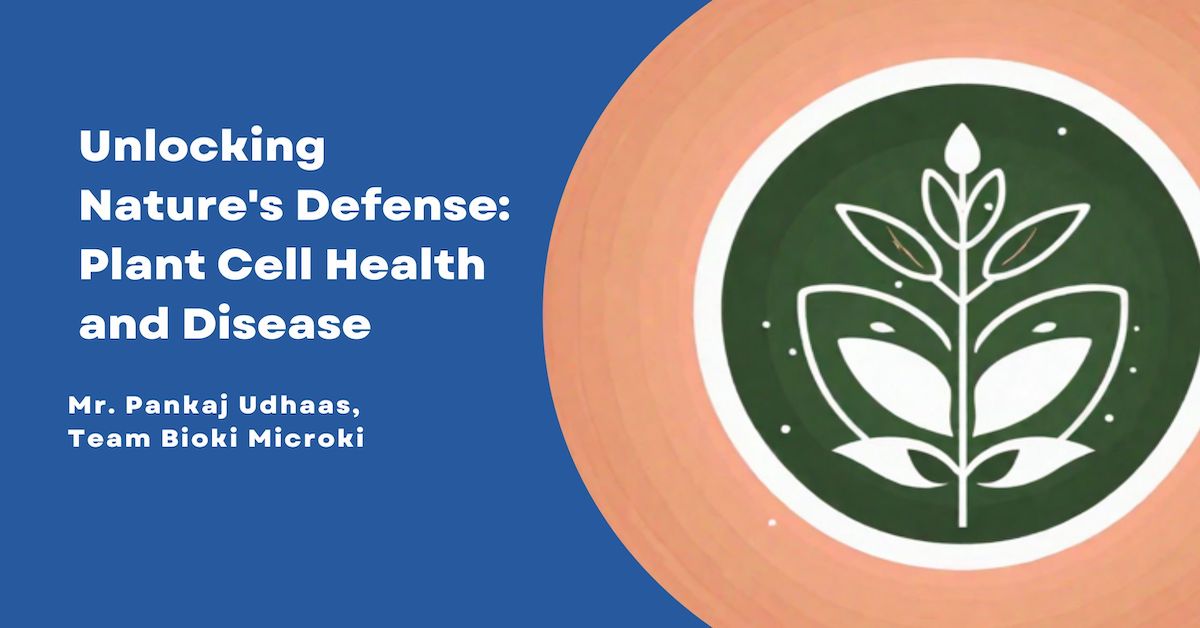Bacteriophage literally means bacteria eater, because they infect bacteria and kill them. It means bacteria are host to the bacteriophage. Like other viruses, bacteriophages are obligate parasites. They are made of genetic material surrounded by protein structure. They need a host for the vital molecular processes like replication, transcription, translation and multiplication. Once, the virus infects the bacteria, the virus takes the command of all bacterial molecular processes. The bacteriophage that infect and cause death of the host are called virulent phage; whereas the viruses that get associated and become part of the host are called temperate phage.
A bacteriophage attaches itself to a susceptible bacterium and infects the host cell. Following infection, the bacteriophage hijacks the bacterium’s cellular machinery to prevent it from producing bacterial components and instead forces the cell to produce viral components. Eventually, new bacteriophages assemble and burst out of the bacterium in a process called lysis. Bacteriophages occasionally remove a portion of their host cells’ bacterial DNA during the infection process and then transfer this DNA into the genome of new host cells. This process is known as transduction.
Structure of bacteriophage –
Bacteriophages have complex symmetry. Its genetic material (DNA/RNA) is surrounded by a polyhedral head, and it also has a collar and a tail. The collar joins the head and the tail. The capsid head structure consists of 2000 capsomeres. The tail is hollow and cylindrical. It also consists of contractile sheath and basal plate. The sheath is made of many copies of gp18 protein. The base plate is hexagonal in shape and the tail fibres are pinned in it. The tail fibres are involved in attachment to the host surface. The bacteriophage structure may vary among its types.
T2, T4 and T6 are a few examples of bacteriophages that infect E.coli.
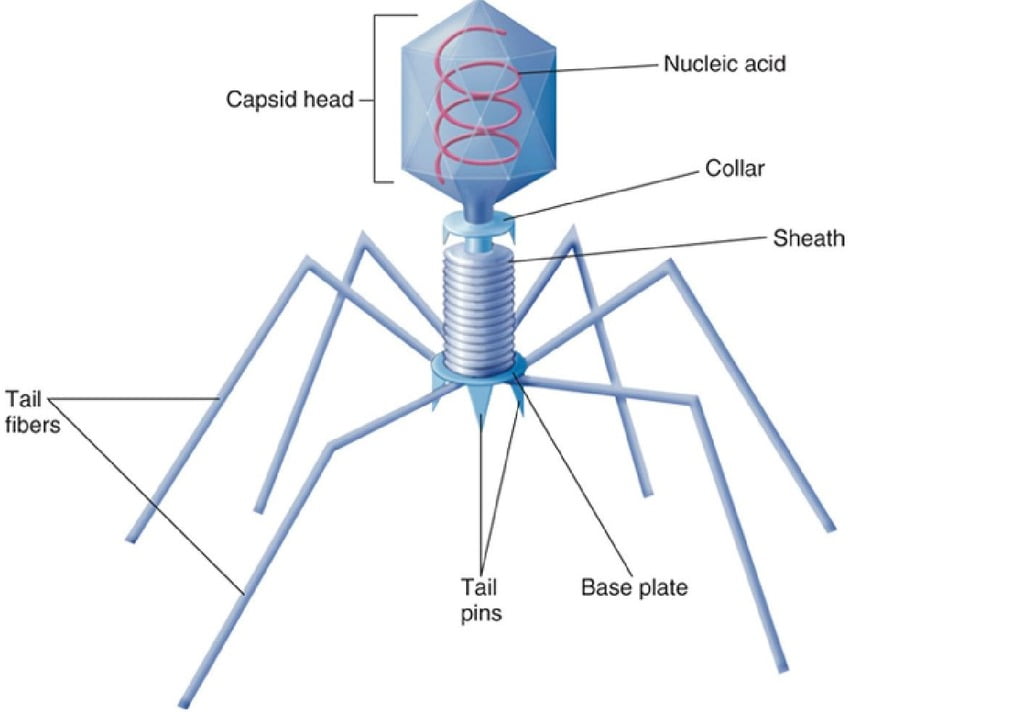
The Lytic Cycle –
In lytic cycle, the virus infects the cell, hijacks the molecular machinery, multiplies and lyse the cell. Following are the steps of lytic cycle –
Adsorption happens randomly and it is the first step. The virus tends to recognise the host by scanning the host’s surface receptors. The viruses have a narrow range and can infect specific bacterial species.
If the virus finds its specific host, the tail structure of virus interacts with the host via special receptors present on the host surface and. The tail fibre contracts and the base plate settles down on the host surface. The interaction between the virus tail and host receptor is electrostatic type and hence it gets influenced with pH and other ions. Once the baseplate is firmly settled, the virus gets attached to the host. This stage is called Attachment.
After the recognition, if the virus finds its specific host it proceeds for the second step of penetration. In penetration, the virus contracts its tail sheath, becomes shorter and injects its genetic material through the host’s cell wall and membrane. The capsid and head of the virus remains outside the host. The mechanism of penetration may vary from virus to virus.
Once the genetic material enters, the virus halts the host’s DNA replication, transcription and translation processes. This stage is called Biosynthesis where the virus hijacks the molecular machinery of the host and forces it to synthesise its viral proteins. The m-RNA that synthesizes within two minutes is called early m-RNA. Their function is to take over the molecular machinery. Some viruses also synthesise the endonuclease enzyme and degrade the host DNA. The virus like T4 catalyses the transfer of ADP ribosyl from NAD to sigma factor. Due to which host gene expression is inhibited and that of virus is promoted. The late genes of viruses are involved in the synthesis of components of virus structure like head, tail, fibre.
Once the viral structural components are synthesised, they are assembled forming the active virus. This stage is called maturation.
The maturation is followed by lysis of the host cell. The lysis is carried by holin or lysozyme enzymes. The lysis causes the release of virions.
The viruses showing such a life cycle are called virulent phages.
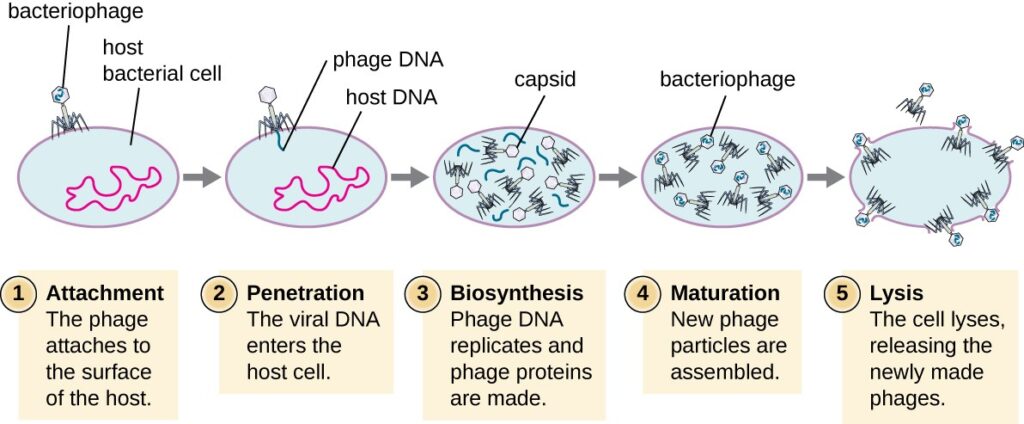
The Lysogenic cycle –
In lysogenic cycle, the virus also shows adsorption, attachment, penetration but does not kill the host. Adsorption happens randomly and it is the first step. The virus tends to recognise the host by scanning the host’s surface receptors. The viruses have a narrow range and can infect specific bacterial species.
If the virus finds its specific host, the tail structure of virus interacts with the host via special receptors present on the host surface and. The tail fibre contracts and the base plate settles down on the host surface. The interaction between the virus tail and host receptor is electrostatic type and hence it gets influenced with pH and other ions. Once the baseplate is firmly settled, the virus gets attached to the host. This stage is called attachment.
After the recognition, if the virus finds its specific host it proceeds for the second step of penetration. In penetration, the virus contracts its tail sheath, becomes shorter and injects its genetic material through the host’s cell wall and membrane. The capsid and head of the virus remains outside the host. The mechanism of penetration may vary from virus to virus.
Once the genetic material enters the host, it integrates into the host chromosome. The integrated phage is called prophage and the host with integrated virus is called lysogen. Such viruses remain inactive or in its latent phase within the host cell. When the host replicates its DNA, the phage’s DNA also gets replicated and it transfers to the daughter cells. The presence of viral genes inside the host chromosome may affect its phenotype. The host with such changed phenotypes are called lysogenic conversion or phage conversion. The bacteria (host) carrying the viral genome are more virulent than the bacteria which are not carrying the viral genome.
The virus can switch from lysogeny to lytic by the process called induction. This happens when bacteria is under stressful condition like starvation or unfavorable physical environment. In this, the viral genome is excised from the host chromosome. After excision, the virus synthesises all the required viral components, assembles the virion, lyse the host cell and release active viruses.
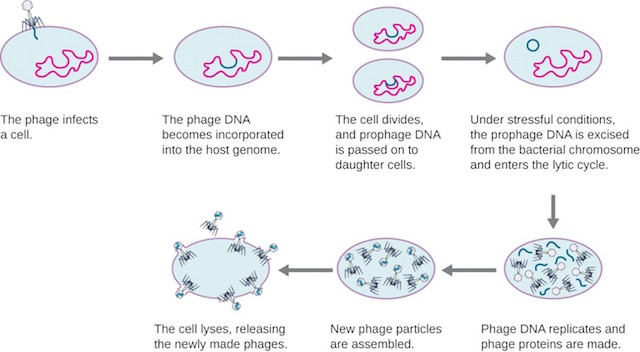
Application of Bacteriophage –
Bacteriophage infects bacteria and kills them, hence we can use bacteriophages to kill pathogenic bacteria. This is called Phage therapy. Where we use viruses to treat bacterial infection. As the bacteriophage can infect only bacteria, they are safe to use for plants, animals and humans. This therapy could be an effective treatment against antibiotic resistance bacteria.
References-
- Willey. Prescott’s Microbiology. New York: McGraw-Hill, 2011. Print.
- https://courses.lumenlearning.com/microbiology/chapter/the-viral-life-cycle/
- https://bio.libretexts.org/Bookshelves/Introductory_and_General_Biology
- /https://biokimicroki.com/viruses-history-properties-and-structure/
Dr. Sangha Bijekar has 9 years of Teaching Experience at University level. She loves to get engage in teaching and learning process. She is into blogging from last two years. She intends to provide student friendly reading material. She is avid Dog Lover and animal rescuer. She is learned Bharatnatyam and Katthak Dancer. She is into biking and She also loves to cook.
